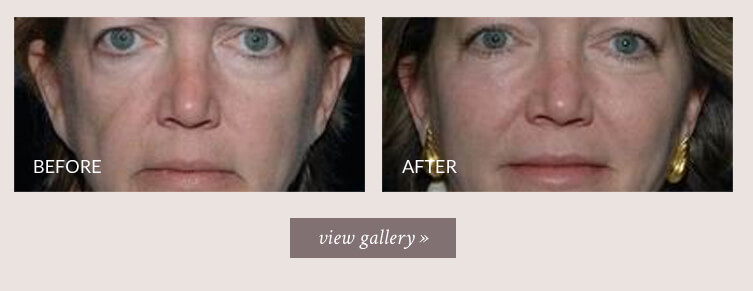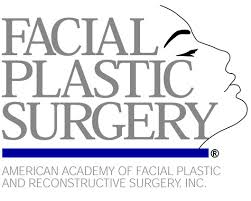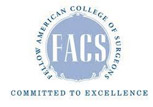Fat Injections - Face
It is a well-known fact that as we age, the face loses volume which includes fat, collagen, muscle, and bone. For many decades, we thought of aging as an excess of skin. It is now recognized that the apparent excess of skin is at least in part due to the loss of soft tissue bulk, or fat from the face. Recently, with the increasing populaity of weight loss drugs such as Ozempic, we are seeing a number of patients who need fat added back to their face. Fat grafting, fat transfer, or fat injection relies on the premise that by adding more volume to certain areas of the face, we can improve signs of aging. Fat may be transferred from other parts of the body (usually from the abdomen, flanks, or thighs) to areas of the face in need of volume enhancement.
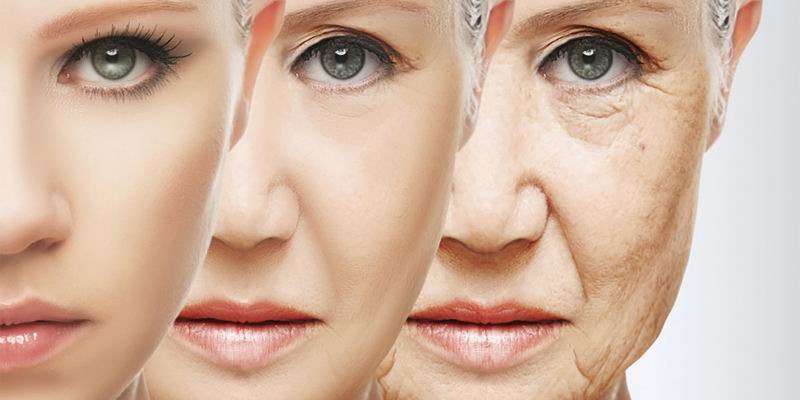
Facial volume loss with aging
What can fat injections achieve?
Fat injections can smooth certain deep wrinkles, enhance the volume of thinning lips or soft tissue of the cheek and chin, and can help the appearance of sunken eyelids. The main advantage of fat injection is that it is a 100% natural filler. The other advantage of fat is that there is usually an adequate supply of fat for areas requiring a large volume of augmentation.
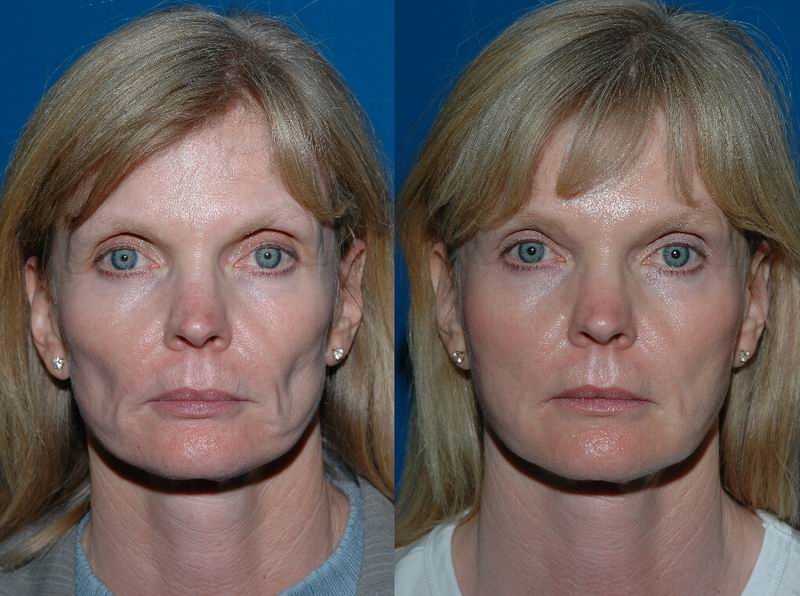
Facial fat grafting by Seattle plastic surgeon Sam Naficy, MD. * Individual results may vary.
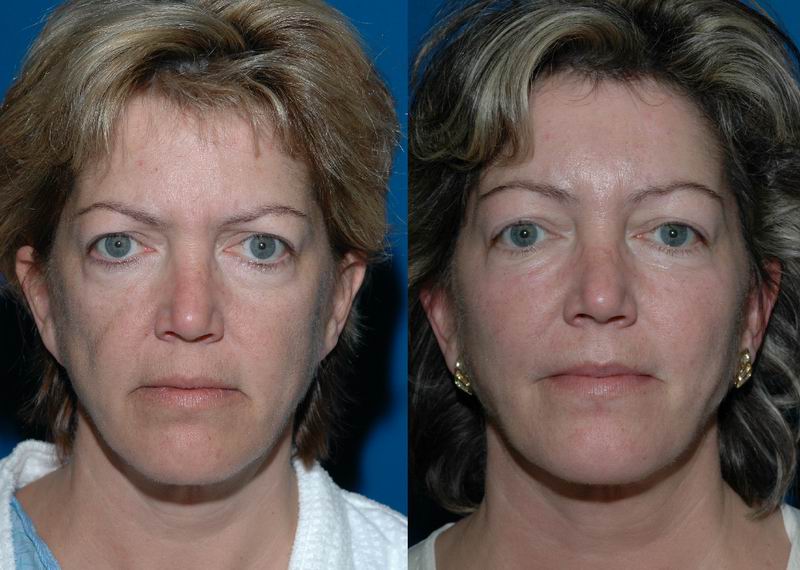
Facial fat grafting by Seattle plastic surgeon Sam Naficy, MD. * Individual results may vary.
What types of fat grafting are there?
In general there are three types of fat grafting: macro fat grafting, micro fat grafting, and nano fat grafting.
Macro fat grafting is used in situations where larger fat particles are injected with large volume fat transfer such as buttocks (Brazilian butt lift) and breast augmentation with fat.
Micro fat grafting is when smaller fat particles are injected into the face. The fat is harvested using smaller cannulas and injected using smaller cannulas to prevent lumps and bumps following the procedure.
Nano fat grafting refers to fat that has been pushed through a filter and essentially turned into a thick liquid which is rich in stem cells and growth factors. This type of fat is not used to provide structure and volume but rather to improve skin quality, texture and tone. Nano fat grafting can help smooth lip lines, crows feet, and improve color and texture of the tear trough. Nano fat grafting can even help stimulate hair follicles and regenerate new hair. Nano fat grafts can be injected with a small needle, same as is used to inject fillers such as Juvederm and Restylane.
Combining Fat Grafting with Laser Resurfacing
Fat grafting combined with laser resurfacing can produce a dramatic result without the need for a single incision on the face. Fat grafting and laser resurfacing have a synergistic effect on the face by adding volume, stimulating collagen, and stimulating stem cells. Contrary to surgical face lifts, which have a limit to the number of times they can be performed, this combination can be safely repeated numerous times.
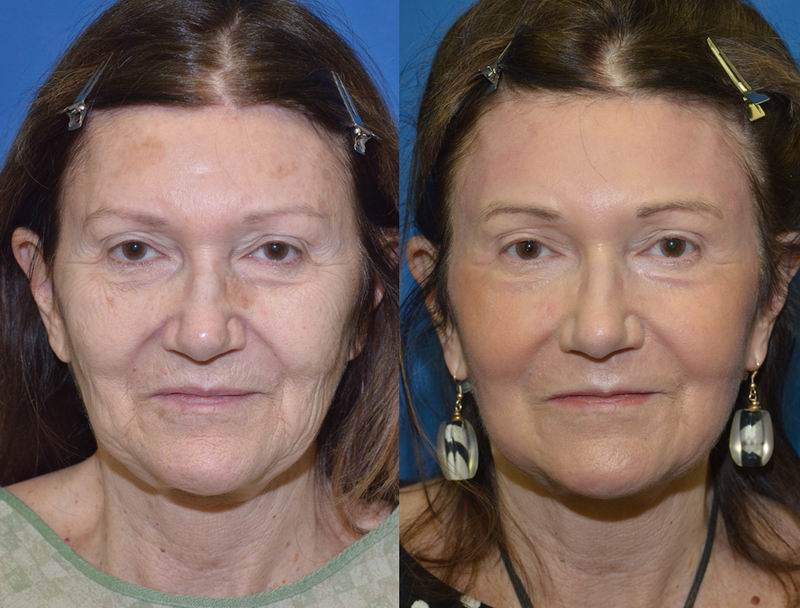
Facial fat grafting and laser resurfacing by Seattle plastic surgeon Sam Naficy, MD. * Individual results may vary.
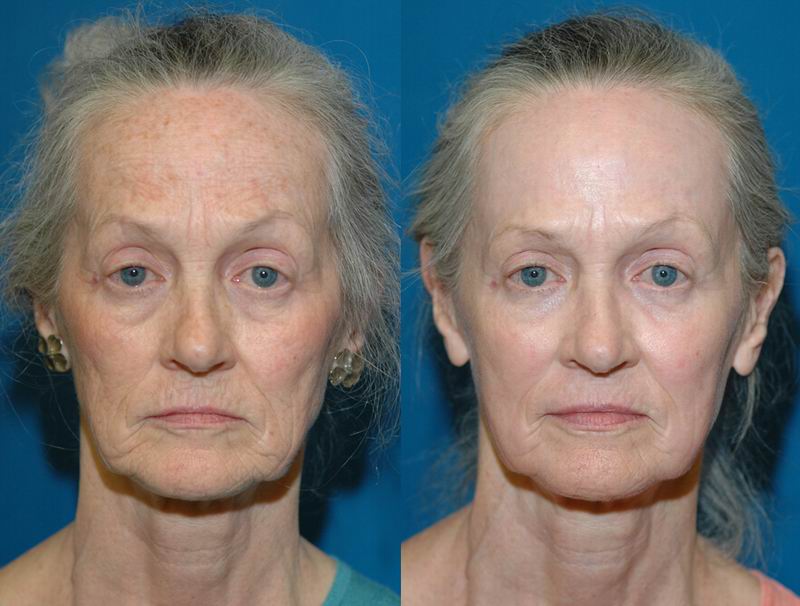
Facial fat grafting and laser resurfacing by Seattle plastic surgeon Sam Naficy, MD. * Individual results may vary.
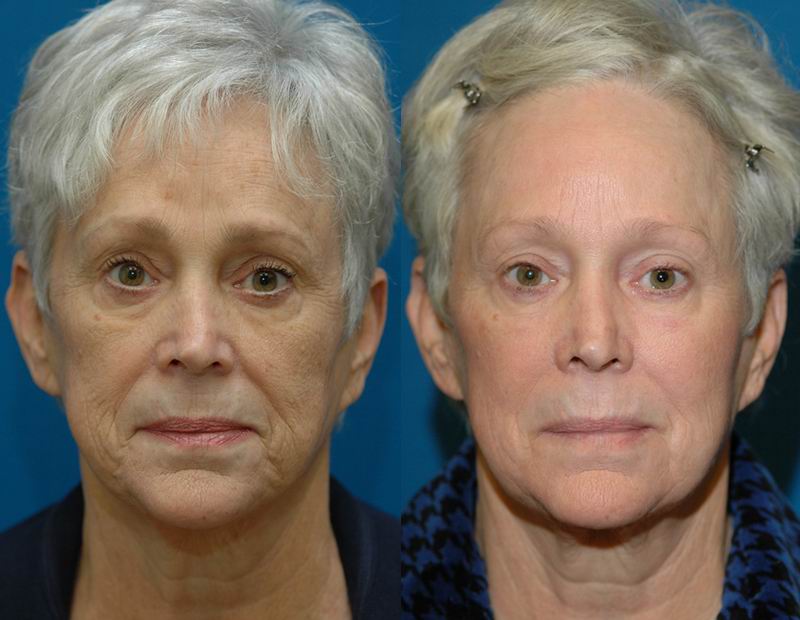
Facial fat grafting and laser resurfacing by Seattle plastic surgeon Sam Naficy, MD. * Individual results may vary.
Combining Fat Grafting with Eyelid Surgery
Fat grafting is very commonly combined with eyelid surgery to create a very natural rejuvenation without the need for prolonged recovery. Lower eyelid bags are effectively treated with a combination of lower blepharoplasty and fat grafting. Upper eyelid surgery (upper blepharoplasty) is aslo performed at the same time as facial fat grafting.
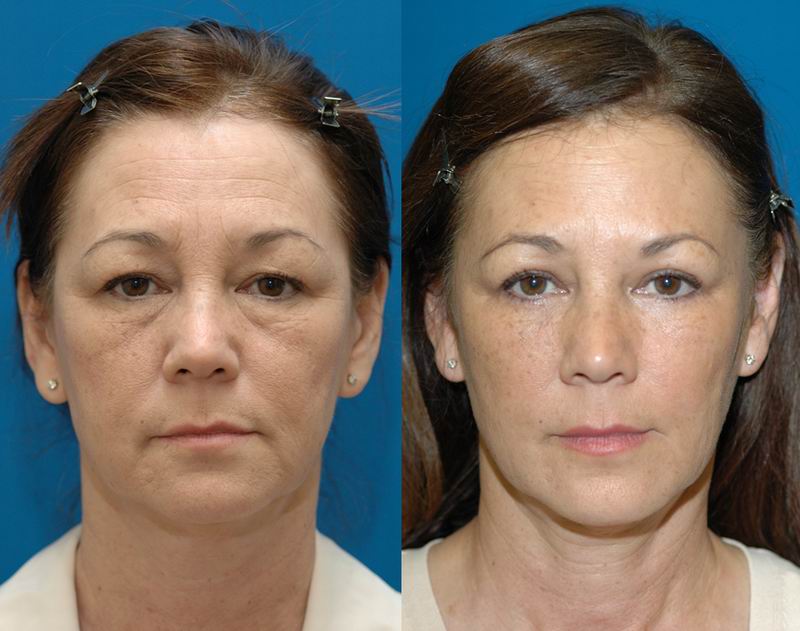
Facial fat grafting and upper and lower eyelid surgery (blepharoplasty) by Seattle plastic surgeon Sam Naficy, MD. * Individual results may vary.
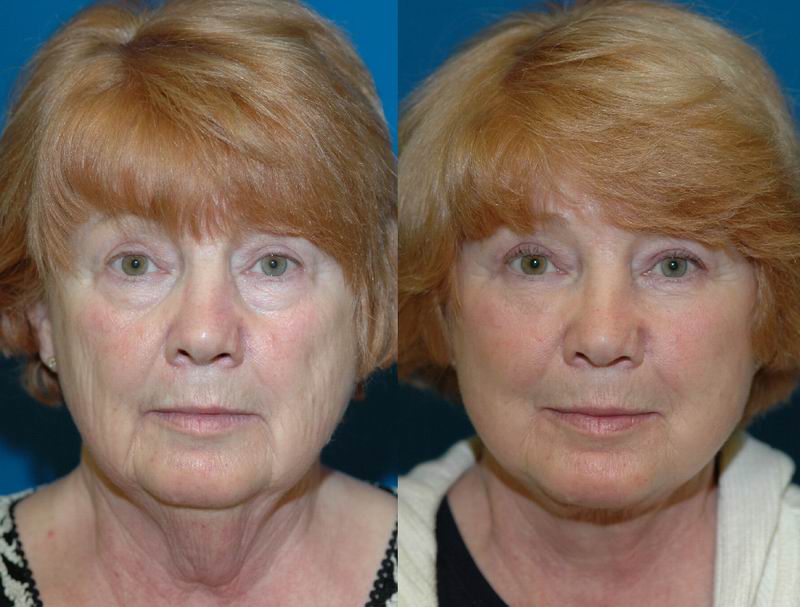
Facial fat grafting and lower eyelid surgery (blepharoplasty) by Seattle plastic surgeon Sam Naficy, MD. * Individual results may vary.
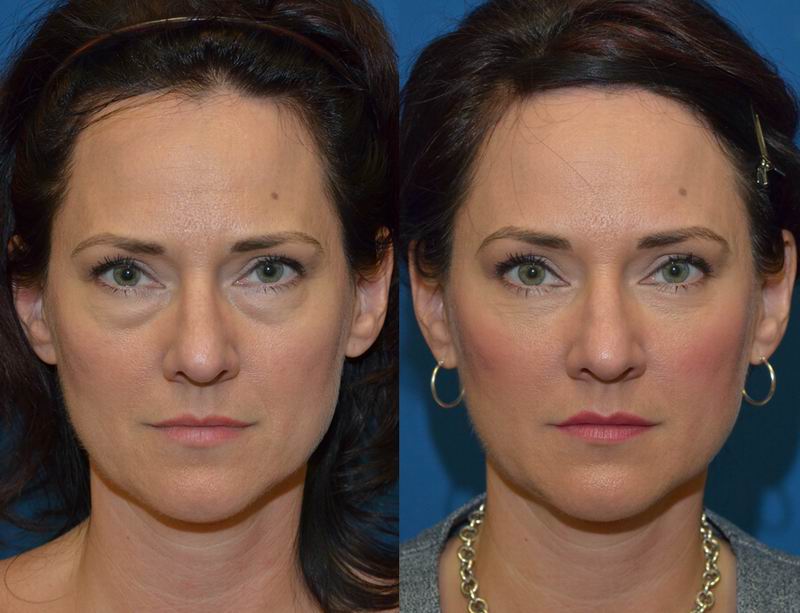
Facial fat grafting and lower eyelid surgery (blepharoplasty) by Seattle plastic surgeon Sam Naficy, MD. * Individual results may vary.
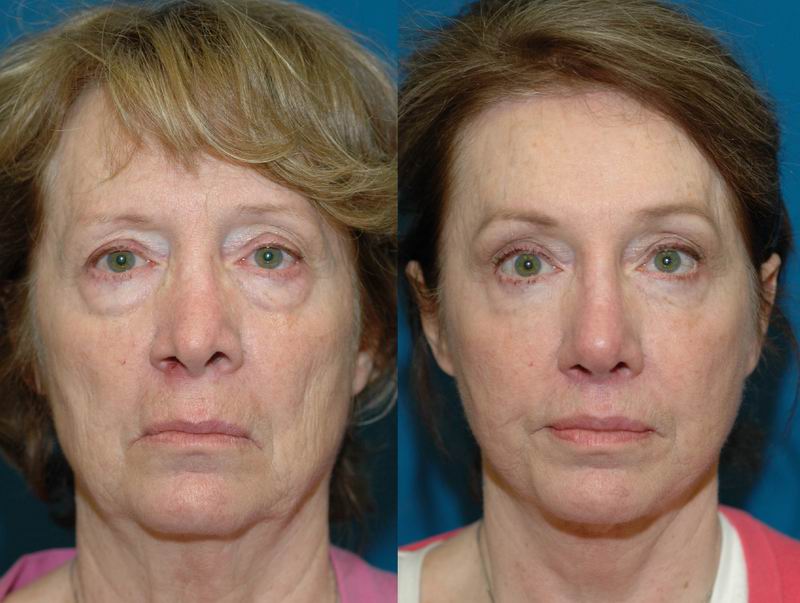
Facial fat grafting and lower eyelid surgery (blepharoplasty) by Seattle plastic surgeon Sam Naficy, MD. * Individual results may vary.
Combining Fat Grafting with Face lift Surgery
Since loss of facial fat is a very common factor in facial aging, fat grafting is also very commonly combined with face and neck lift surgery. Fat grafting, when combined with face lift and neck lift surgery, not only makes the results better, but also more natural.
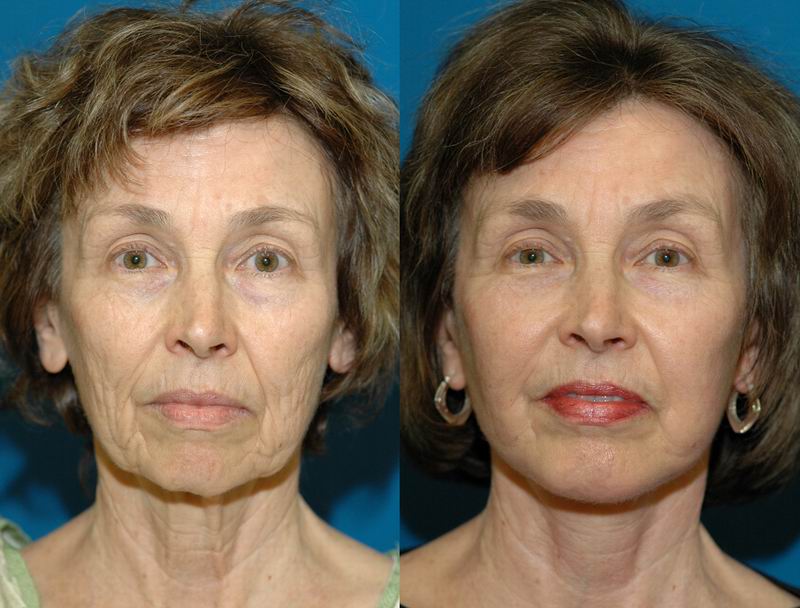
Facial fat grafting and face lift surgery by Seattle plastic surgeon Sam Naficy, MD. * Individual results may vary.
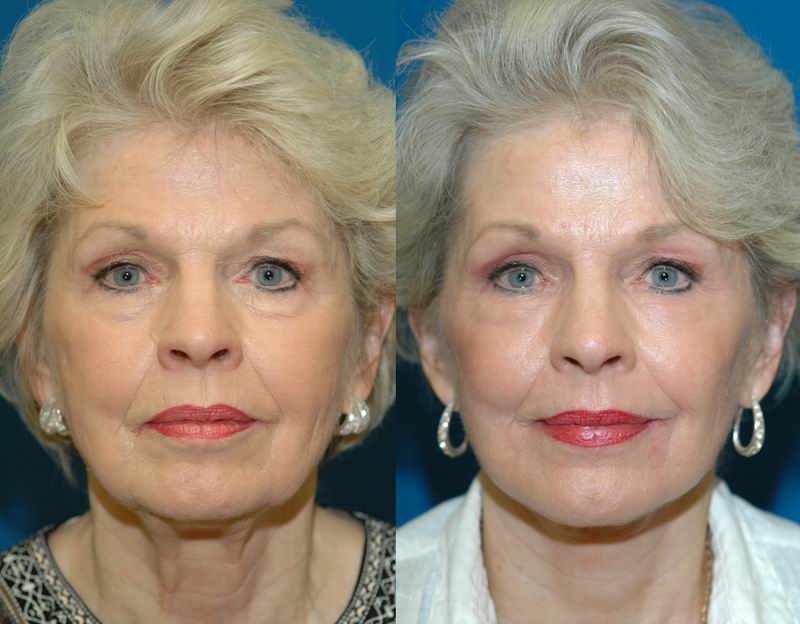
Facial fat grafting and face lift surgery by Seattle plastic surgeon Sam Naficy, MD. * Individual results may vary.
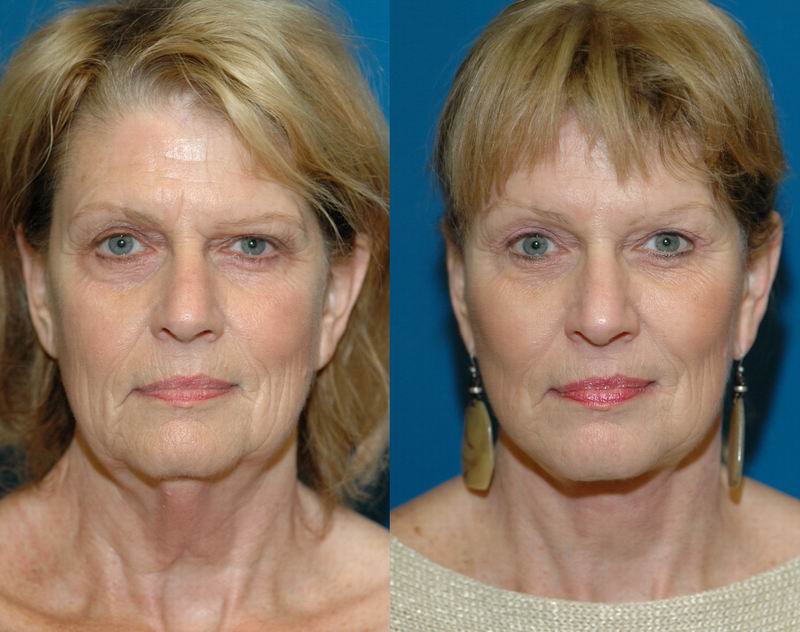
Facial fat grafting and face lift surgery by Seattle plastic surgeon Sam Naficy, MD. * Individual results may vary.
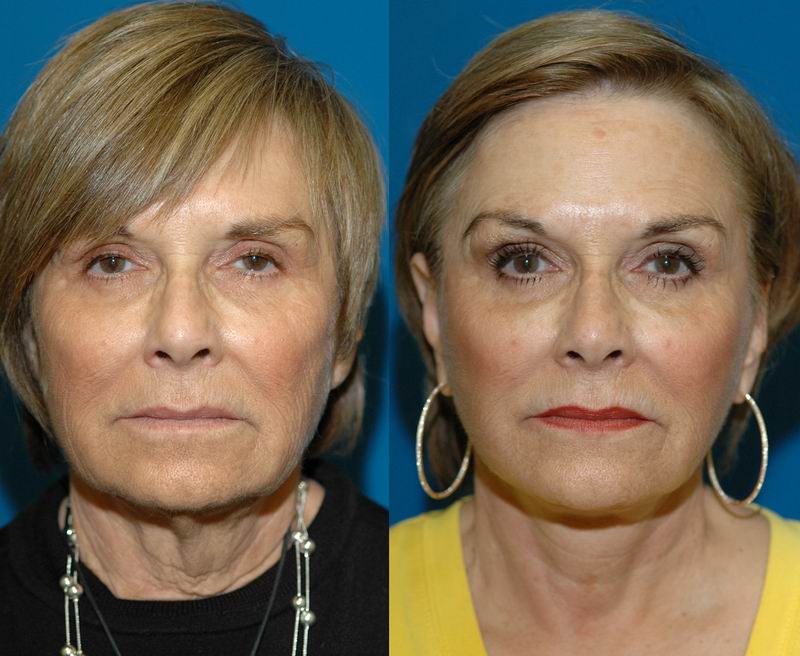
Facial fat grafting and face lift surgery by Seattle plastic surgeon Sam Naficy, MD. * Individual results may vary.
Fat Grafting in Men
Fat grafting is a very popular procedure among men. Men typically want very natural results which is a hallmark of fat grafting. Combinations of fat grafting and eyelid procedures (upper and/or lower blepharoplasty) are very popular in male patients who are looking for subtle and natural results with little/no visible incisions and a relativey brief recovery time.
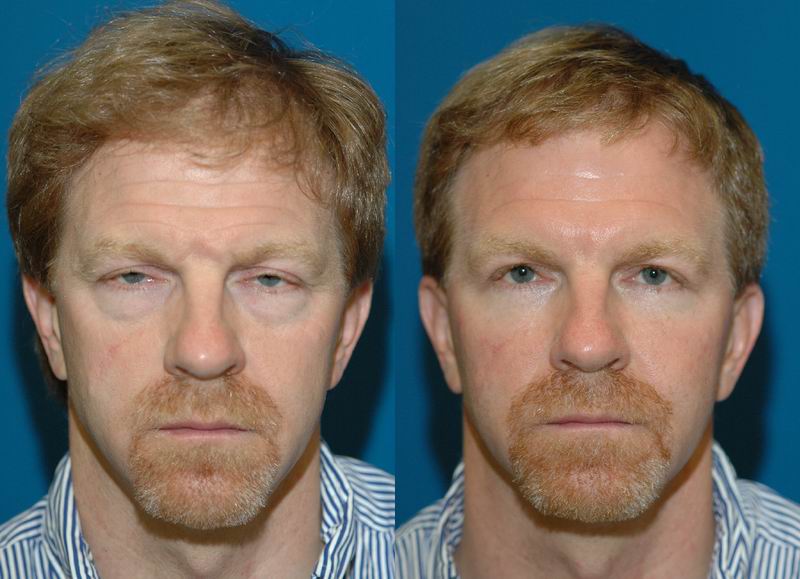
Facial fat grafting and lower eyelid surgery (blepharoplasty) with ptosis repair by Seattle plastic surgeon Sam Naficy, MD. * Individual results may vary.
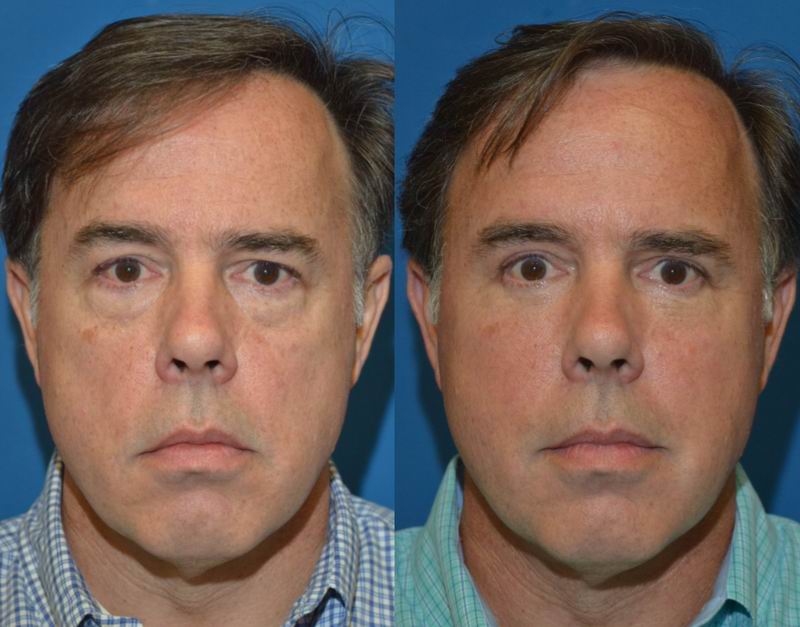
Facial fat grafting and upper and lower eyelid surgery (blepharoplasty) by Seattle plastic surgeon Sam Naficy, MD. * Individual results may vary.
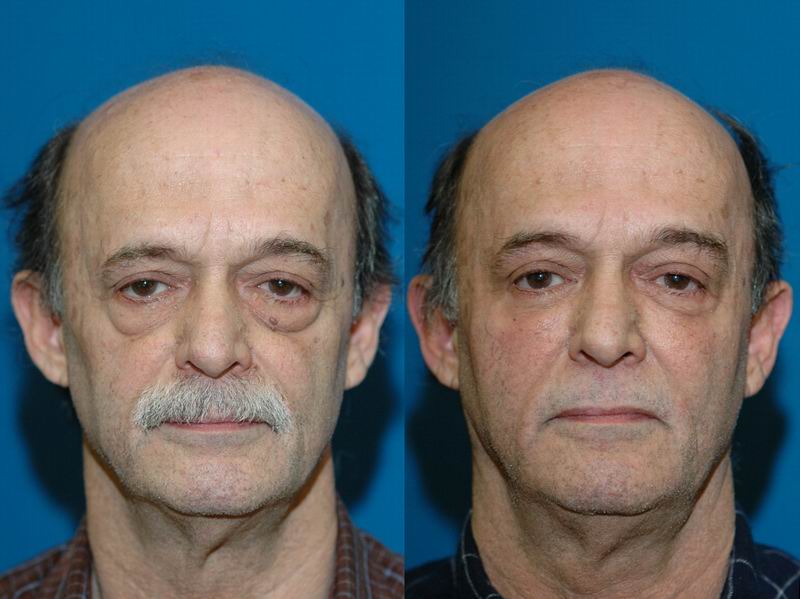
Facial fat grafting and upper and lower eyelid surgery (blepharoplasty) by Seattle plastic surgeon Sam Naficy, MD. * Individual results may vary.
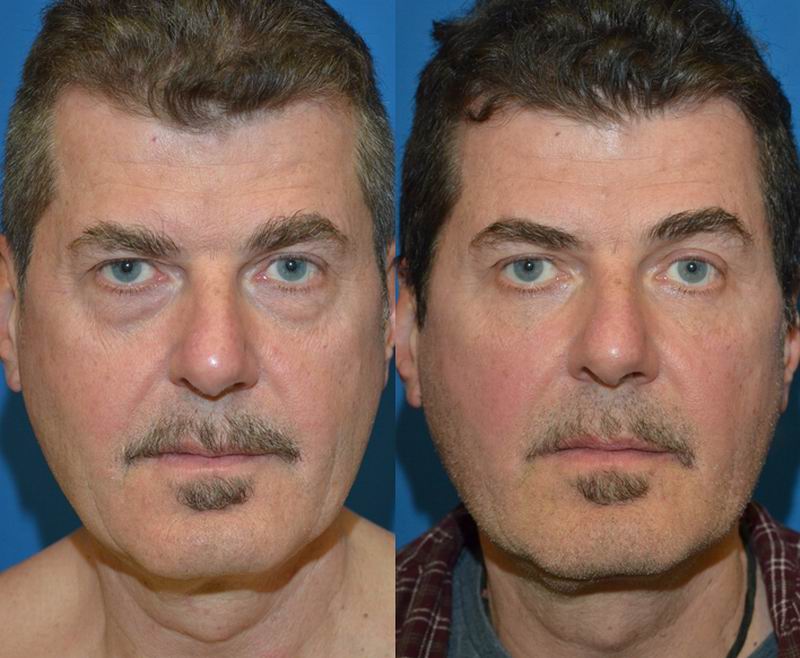
Facial fat grafting and upper and lower eyelid surgery (blepharoplasty) by Seattle plastic surgeon Sam Naficy, MD. * Individual results may vary.
Fat Injection Photo Gallery
You may wish to browse through the gallery of representative before and after fat injection and fat grafting pictures. Click on any of the thumbnails to enter the slide show. All procedures were performed by Dr. Sam Naficy and some patients may have had more than one surgical procedure performed. The text accompanying the photos describes the details of the procedures performed.
* Individual results may vary.
What type of anesthesia is used?
A number of anesthesia options are available and your anesthesia provider will discuss with you which one is most appropriate for your health status and procedure. Some procedures require general anesthesia, while others may be done with IV sedation. With either, your heart rate, blood pressure, breathing and oxygen levels are monitored continuously by your anesthesia provider.
General anesthesia means that you are completely asleep for surgery and the placement of an intravenous line and a breathing tube is required. Frequently, numbing medication is also placed during surgery by your surgeon.
IV sedation is also called “monitored anesthesia care” or MAC. This involves receiving sedation and pain medication through an intravenous line (IV). At the beginning of the procedure, when you will be the sleepiest, your surgeon will be placing numbing medication in the area of the surgery. Once the area is numb you will require less sedation and pain medication but you will continue to receive enough medication to keep you sedated and comfortable during the entire procedure. During your surgery you may be receiving oxygen. Airway devices may be placed during IV sedation to keep you breathing normally.
Anesthesia guidelines [21kb PDF]
What is the recovery like?
Typically, after fat injection, there is minimal discomfort in the donor area from where fat is removed. Discoloration and swelling of the injected portions of the face area will generally improve over time to return to work and social activities. When more extensive fat grafting is performed recovery may be longer.
Post-operative care instructions [11kb PDF]
How long will the results last?
Fat injections are longer lasting than most other injectable fillers (such as Juvederm, Restylane, Perlane, and Radiesse). Because fat is a natural substance, there is typically less reaction to the injected fat by the body. Injected fat has the potential to survive for many years in the new location. Survival of fat is greater in areas where there is limited movement (cheeks, back of hands) and tends to be less in areas where there is constant movement (lips and mouth). In the lip and mouth areas fat does absorb over time and repeated injections may be necessary to maintain desired fullness.

Longevity of facial fat grafting is evident 5 years following facial fat grafting using the FAMI technique by Sam Naficy, MD. * Individual results may vary.
What is the Cost of Fat Grafting?
The cost of fat grafting to the face starts at ~ $4,500 (plus operating room fees and anesthesia fees) when it is combined with other surgical procedures. Fat grafting costs are higher when performed as a standalone procdure. Because fat injections are typically longer lasting than most other injectable fillers (such as Voluma, Restylane, Lyft, and Radiesse), and larger volumes of fat can be injected in one session, there is typically much more value in fat grafting than short lasting fillers.
What are Advantages of Fat Grafting compared to Facial Fillers?
Advantages of facial fat grafting compared to fillers include:
-
Longer lasting results: Fat grafting uses your own fat cells, which are living, so the results can last much longer than fillers, which eventually get absorbed by the body.
-
Natural look and feel: Fat grafting gives a more natural look and feel, as the transplanted fat cells mimic the surrounding tissue, whereas fillers can sometimes look and feel artificial.
-
Versatility: Fat grafting can be used to address multiple concerns in a single procedure, such as filling in wrinkles, restoring volume, and reshaping the face. Fillers are typically used to target specific areas.
-
Safety: Fat grafting has a lower risk of complications and side effects than fillers, as the fat cells come from the patient's own body and are less likely to cause an allergic reaction.
-
Personalized results: Fat grafting can be tailored to the individual patient's needs and preferences, allowing for a more customized outcome.
I am interested! What do I do next?
If you are considering fat injections we encourage you to complete this Surgical Consultation Intake Form. Dr. Naficy will tell you whether you are a suitable candidate for this procedure and inform you of the alternatives and potential risks of the procedure.


